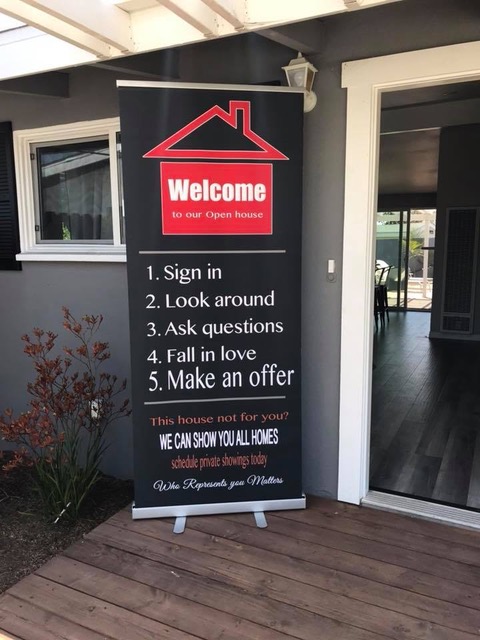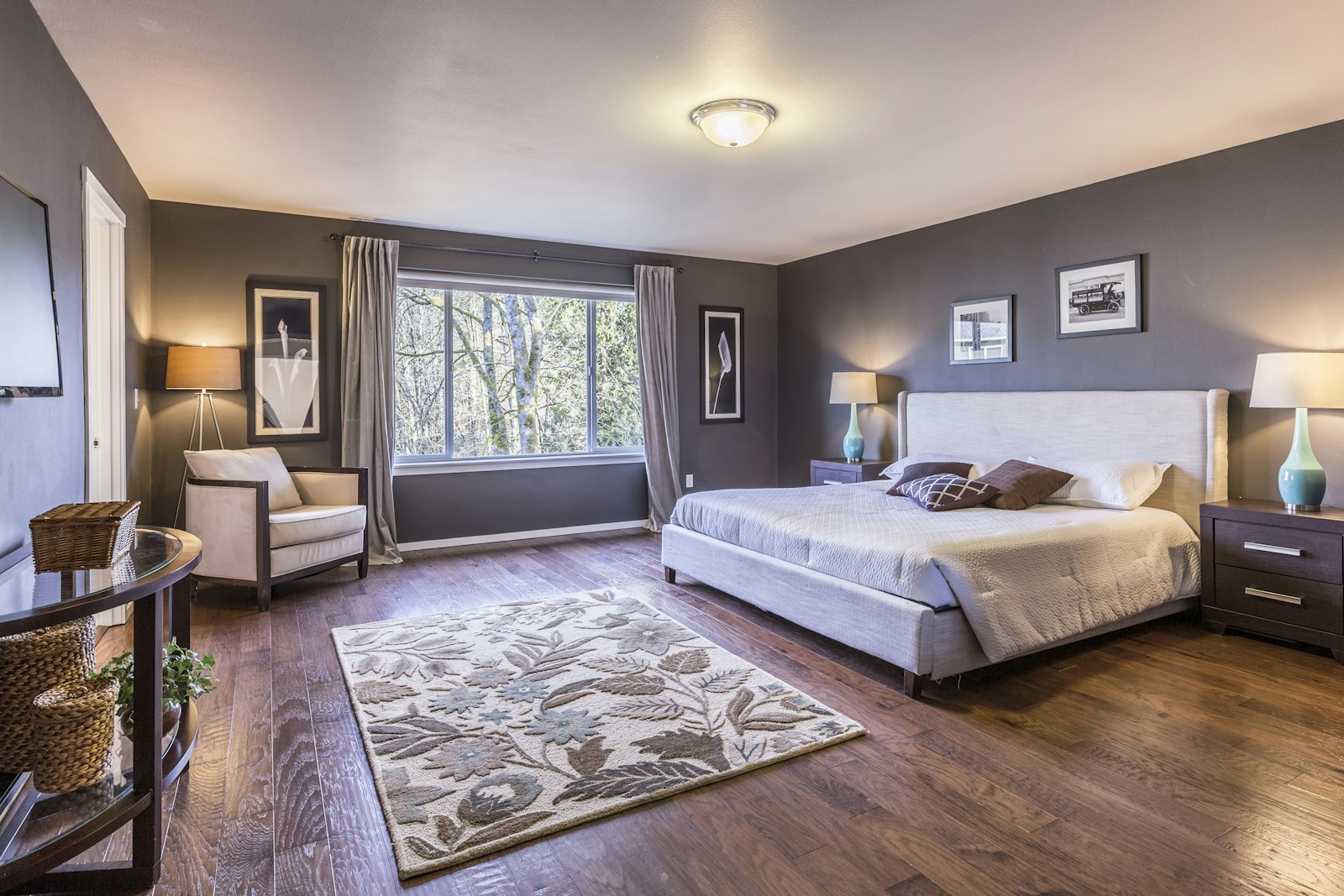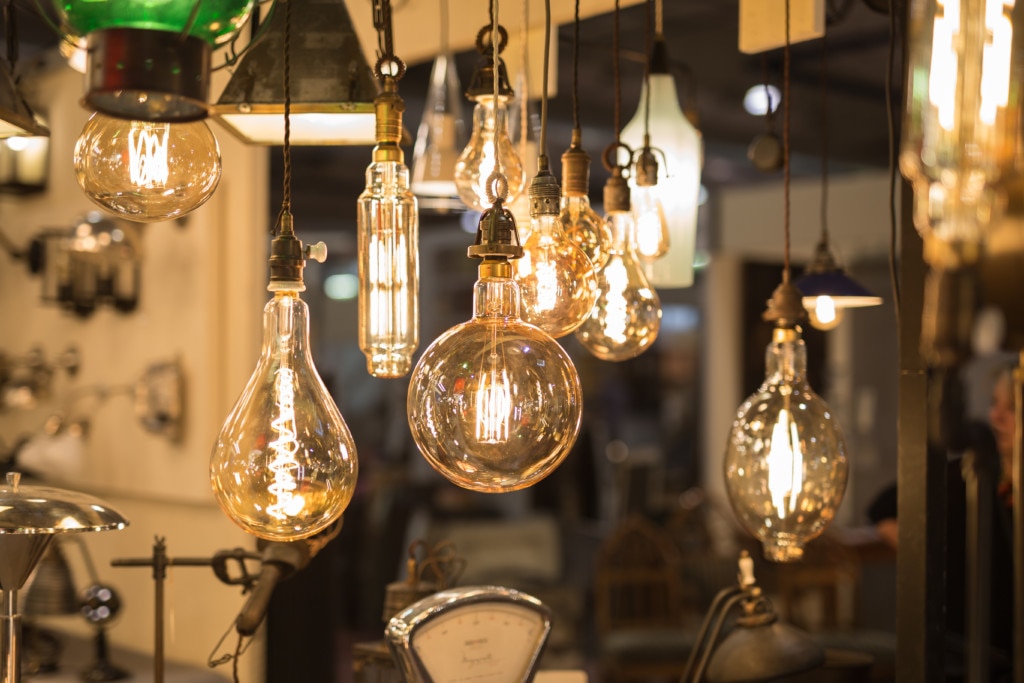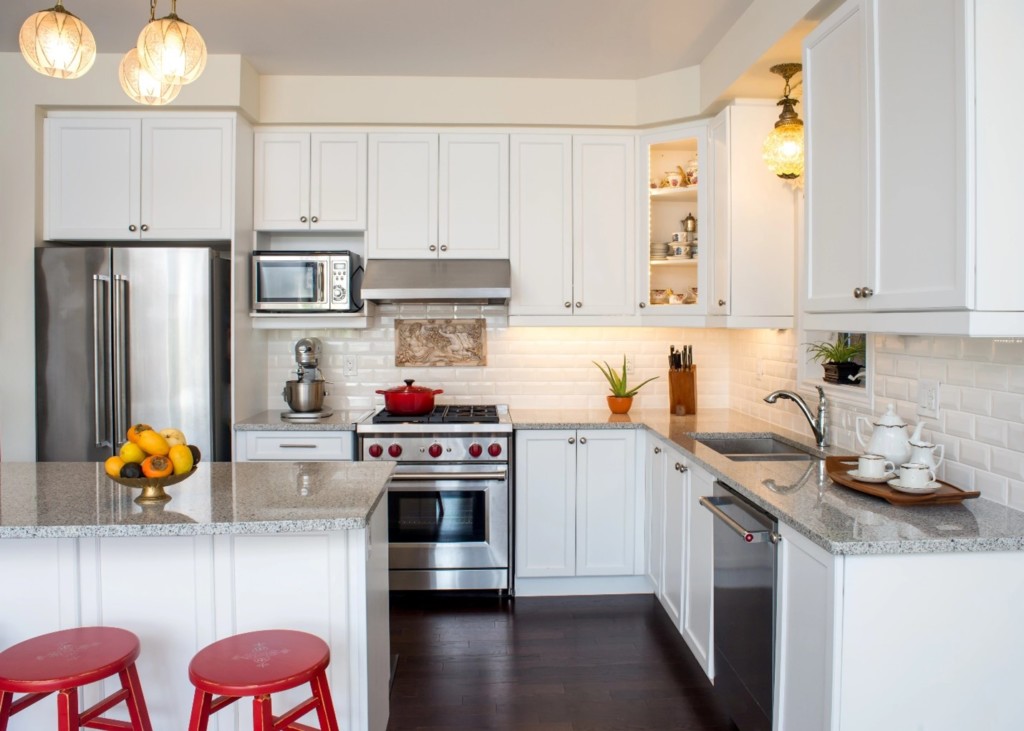Clean, then clean a little more. This is your home’s time to shine, so make sure it sparkles. Remember: people will be looking in cabinets and closets, so make sure these spaces are cleaned and organized, as well.
Put away personal items. The more “you” that’s in the home, the less buyers will be able to imagine themselves living there. Put personal photos, pet supplies, and collections away. While you’re at it, hide your valuables or remove them from the house. There will be strangers in your home, and while they’ll likely be trustworthy, it isn’t worth the risk of having a valuable item turn up missing.
Leave the house. Let your real estate agent handle the showing of the house. You want buyers to imagine themselves living there, and they can’t do that with you there. Leave for the day and stay away until the open house is over.
Take your pets with you. Don’t leave your pets in the house. First, the door will be opened a lot and your pet could get out. Second, if you keep your pet secured in a room with the door closed, buyers won’t be able to view the room, which isn’t ideal. And third, having a bunch of strangers wandering through the home might be stressful for your pet, even if they’re crated. Take your pet with you when you leave or find a pet-sitter to watch them for the day.
Keep the driveway and street clear. Visitors will need a convenient place to park, so make sure the driveway and street in front of your house is clear of vehicles.
Invite the neighbors. Let everyone know you’ll be having an open house well in advance. This is helpful in a variety of ways. First, they’ll know to expect extra traffic and cars on that day so it won’t catch them unaware. They’ll be less likely to complain about people milling around the neighborhood. And if you make them aware of your open house, perhaps they won’t choose that day to cut down trees or host a garage sale. If they come to the open house, they can share their knowledge of the neighborhood with potential buyers and make them feel welcome.
Consider serving snacks and drinks. Most open houses take place on Sundays between 11 am and 4 pm. Chances are good some buyers will arrive hungry. Potential buyers and agents tend to stay longer when food is served. And if it’s a warm summer day, beverages will be welcomed by your guests. Whether you choose sweet, savory, or a mix of both, think strategically about food placement and scents. For example, having snacks in the kitchen will make buyers think about hosting their own parties there. Some drinks and snacks on the back patio will bring to mind backyard barbecues and family get-togethers. If you’re doing the cooking, choose items that will leave a pleasant scent in your house, such as a batch of brownies or fresh-baked bread. Avoid cooking things that might leave a lingering odor in your home, like cauliflower or fish.
View the open house as your grand reveal. Typically, the open house is held soon after you put your home on the market, so it’s like a debut. You can learn a lot from your open house. This valuable information can help you sell your home faster if you use it to your advantage. Consider setting out comment cards for guests to fill out before they leave. This will provide you with instant feedback about your home and what people are thinking so you can make any necessary changes or adjustments while it’s still early in the process.
sellOpen houses are still a great tool for buyers, sellers, and agents. While they have the potential to be awkward, knowing what to expect and some basic etiquette will help make the event a success for everyone involved.





